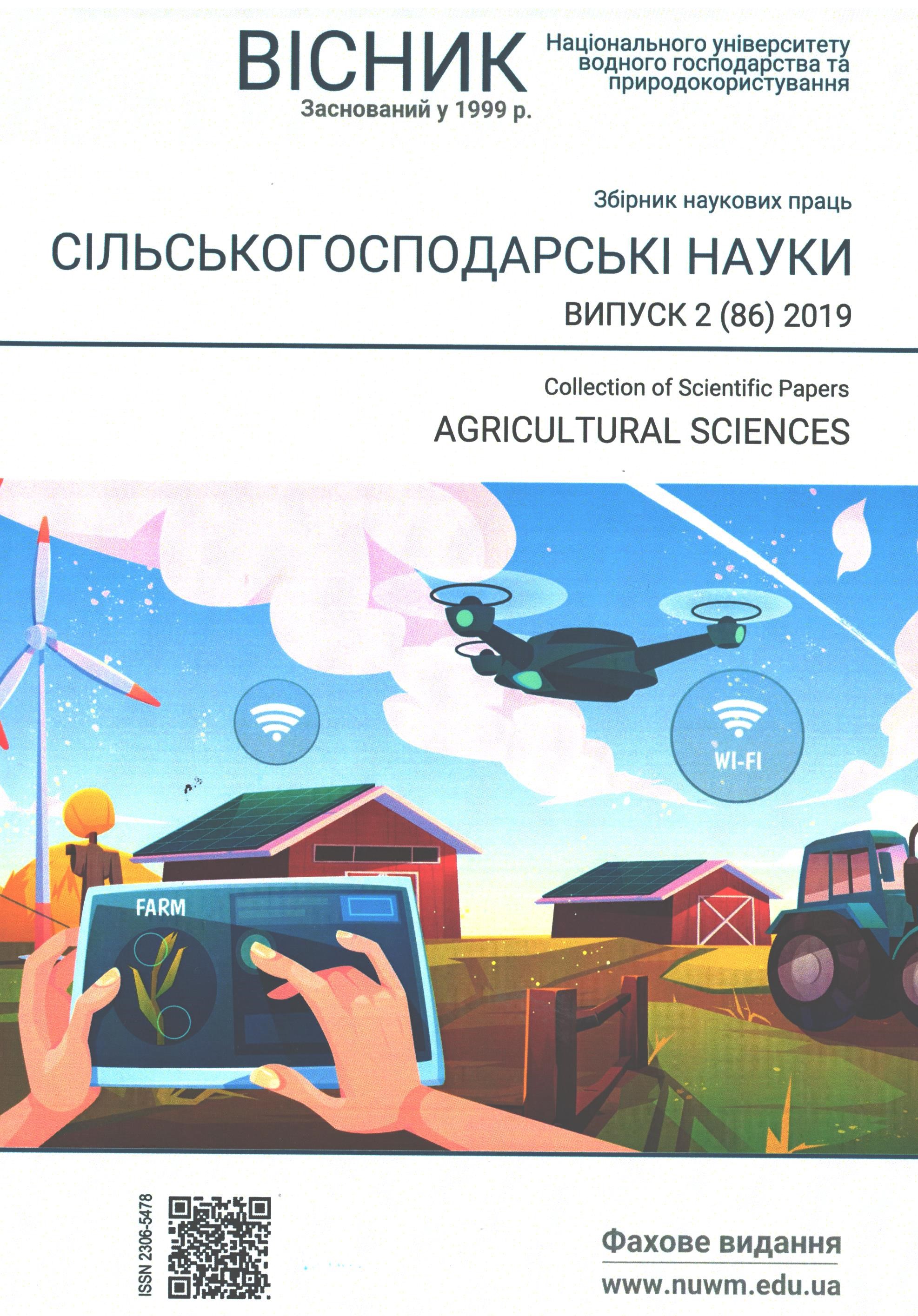EFFICIENCY OF USING NON-TRADITIONAL TYPES OF FERTILIZERS OF MELIORANTS ON RADIOACTIVELY CONTAMINATED SOILS
DOI:
https://doi.org/10.31713/vs220195Ключові слова:
ameliorants, phosphorites, sapropelsАнотація
When organizing agricultural production in territories where the contamination of products does not lead to exceeding the limits of individual radiation doses, the collective criterion is the collective dose of population exposure. In such cases, the optimization of the structure of agricultural production is aimed at achieving a minimum flow of radioactive cesium into the body of the population with food. In the distant post-аccident period, the challenge is to ensure the costeffective production of agricultural products with the lowest possible concentration of radionuclides in specific envirоnmental conditions. Measures to reduce the concentration of radionuclides in products below the established standards are taken taking into account their economic feasibility. It is possible to achieve reduction of the radionuclide migration intensity through the implementation of nature conservation measures, maintenance of soil-protective systems of agriculture with contour-reclamation organization of the territory, use of machines and technologies that enhance the barrier function of naturallandscapes. he article shows the influence of local raw materials (phosphorites, limestone, glauconite, sapropel), as fertilizers and ameliorants, on the grain yield of oats and lupine. It is proved that the use of non-traditional types of fertilizers and ameliorants contribute to increasing the bio-productivity of soddy-weakly podzolic sandy soil, as well as reduce the content of radionuclides in grain. According to the results of the studies, it can be concluded that the use of local raw materials (phosphorites, glauconite sands, limestone, sapropel) as ameliorants and fertilizers for growing crops is an effective agricultural method, especially on radioactivelycontaminated lands. In addition, it should be noted that the use of ameliorants is cost-effective, which provides a cost recovery.Посилання
Ведення сільського господарства в умовах радіоактивного забруднення ериторії України внаслідок аварії на Чорнобильській АЕС на період 1999–2002 рр. : методичні рекомендації. К. : МінАПК, 1998. 103 с.
Кравченко В. А. Проблеми вирощування культур у закритому ґрунті. Вісник аграрної науки. 2006. № 6. С. 26–27.
А. М. Бортнік. Науково-практичне обґрунтування сталого розвитку агроекосистем України : науковий звіт по виконанню НТП згідно завдання «Розробити та перевірити у виробничих умовах методи ефективного використання нових видів біопрепаратів на радіоактивно забруднених землях». Луцьк : ПДС ННЦ ІГА, 2009. 31с.
Шевчук М. Й. Сапропелі України: запаси, якість та перспективи використання. Луцьк : Надстир'я, 1996. 384 с.
Environmental consequences of thе Chernobyl ассіdent аnd the irremediation: twenty уеаrs оf ехреrіеnсе. Report оf the UN Chernobyl forum ехреrt group “envirоnment” (ЕGЕ). Vienna, August
246 р.
Vedennia silskoho hospodarstva v umovakh radioaktyvnoho
zabrudnennia terytorii Ukrainy vnaslidok avarii na Chornobylskii AES na period 1999–2002 rr. : metodychni rekomendatsii. K. : MinAPK, 1998. 103 s.
Kravchenko V. A. Problemy vyroshchuvannia kultur u zakrytomu hrunti. Visnyk ahrarnoi nauky. 2006. № 6. S. 26–27.
A. M. Bortnik. Naukovopraktychne obhruntuvannia staloho rozvytku ahroekosystem Ukrainy : naukovyi zvit po vykonanniu NTP zghidno zavdannia «Rozrobyty ta pereviryty u vyrobnychykh umovakh metody efektyvnoho vykorystannia novykh vydiv biopreparativ na radioaktyvno zabrudnenykh zemliakh». Lutsk : PDS NNTs IHA,
31 s.
Shevchuk M. Y. Sapropeli Ukrainy: zapasy, yakist ta perspektyvy
vykorystannia. Lutsk : Nadstyria, 1996. 384 s.
Environmental consequences of thе Chernobyl ассіdent аnd the irremеdiation: twenty уеаrs оf ехреrіеnсе. Report оf the UN Chernobyl forum ехреrt group “envirоnment” (ЕGЕ). Vienna, August 2005. 246 р.

